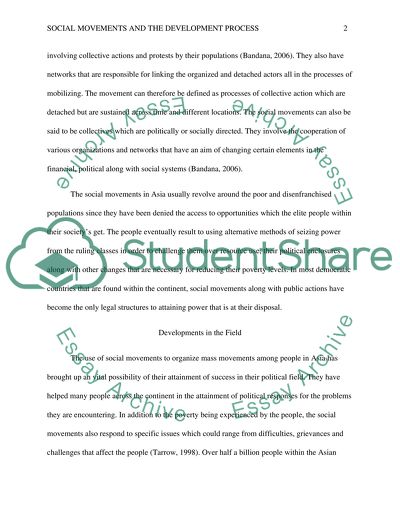Cite this document
(“Social Movements and the Development Process Essay”, n.d.)
Retrieved from https://studentshare.org/sociology/1397846-social-movements-and-the-development-process
Retrieved from https://studentshare.org/sociology/1397846-social-movements-and-the-development-process
(Social Movements and the Development Process Essay)
https://studentshare.org/sociology/1397846-social-movements-and-the-development-process.
https://studentshare.org/sociology/1397846-social-movements-and-the-development-process.
“Social Movements and the Development Process Essay”, n.d. https://studentshare.org/sociology/1397846-social-movements-and-the-development-process.


